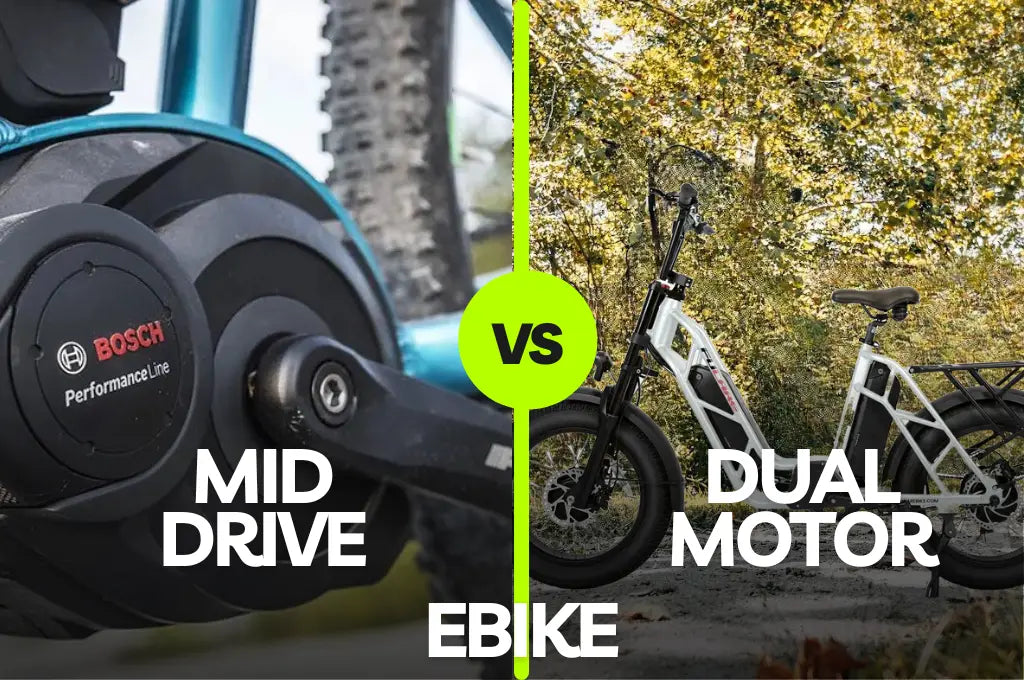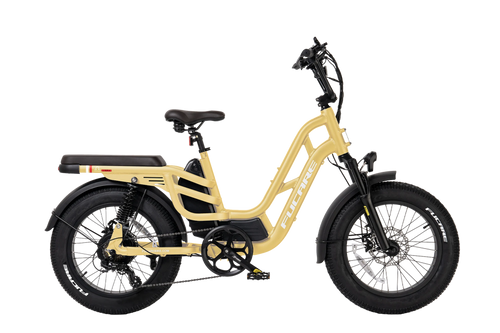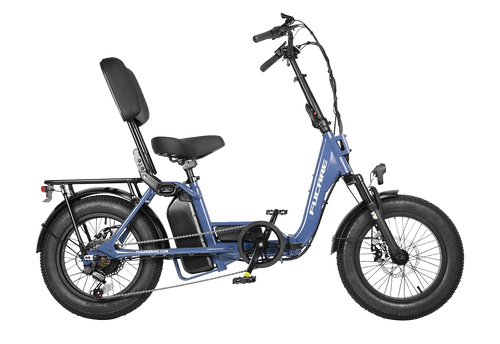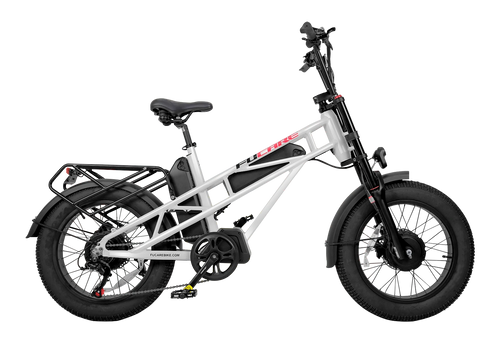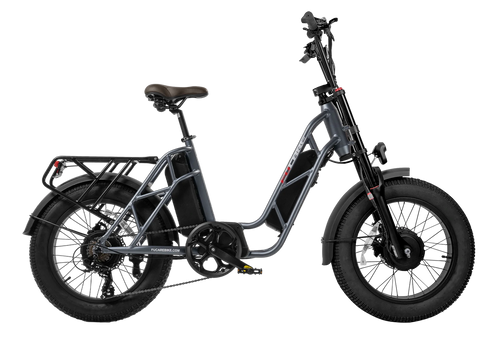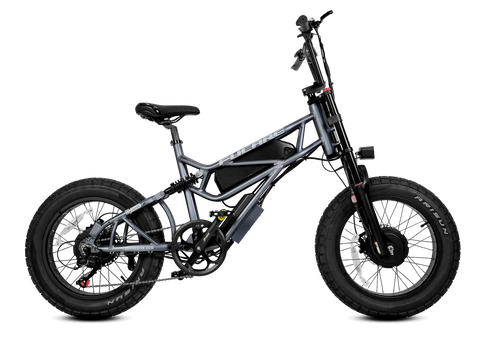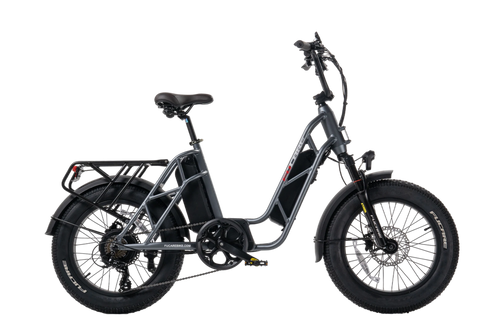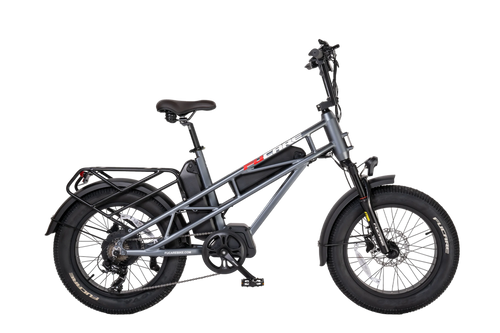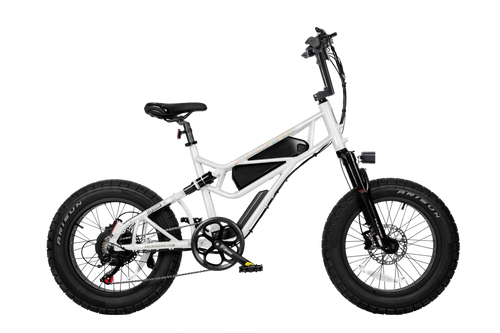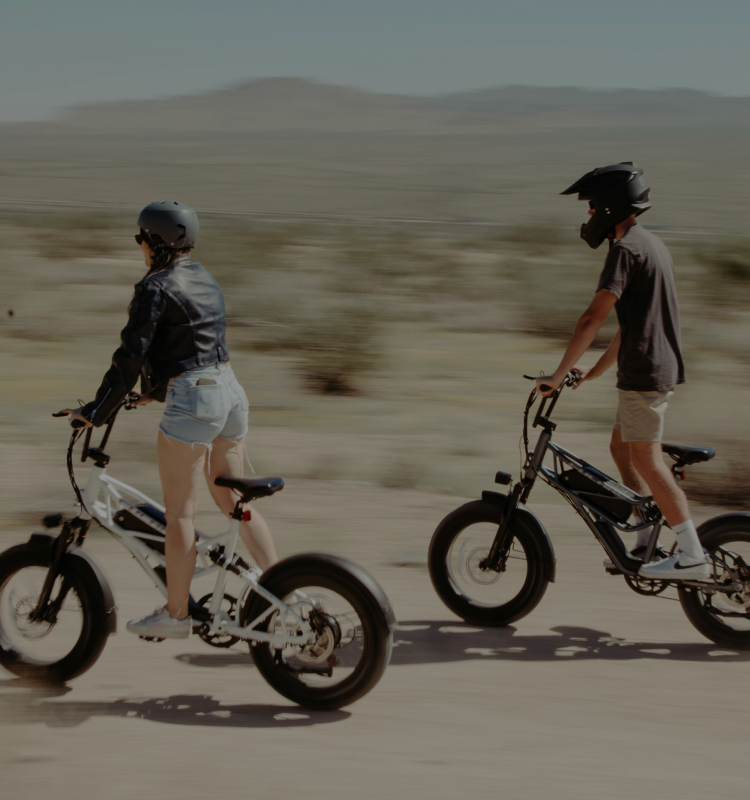Ride Winter: Top Tips for Electric Biking in the Cold
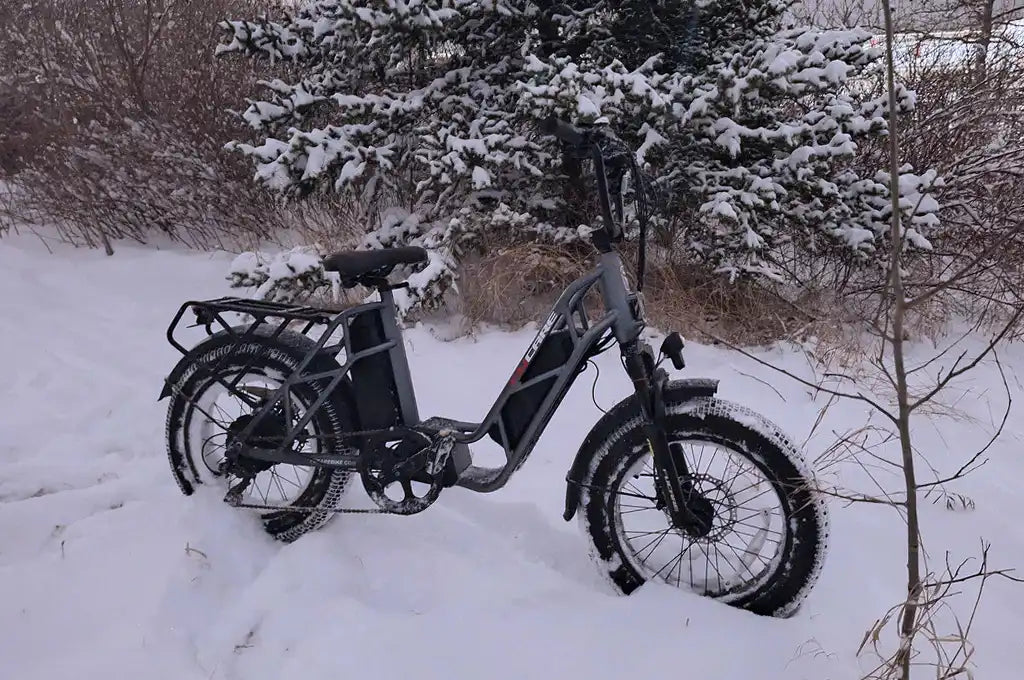
Winter is slowly headed our way here in the north, and with the dropping temperatures, I find myself preparing for another season of snowy, icy commutes on my electric bike. Riding through winter has its unique challenges, but over the years, I’ve picked up a few tricks that make it not only manageable but genuinely enjoyable. Let me share some of what I’ve learned and, hopefully, encourage you to gear up for some winter e-biking of your own.
1. Assume It’s Ice: Handle Snow and Ice Carefully

One thing I realized early on is that snow is a lot less intimidating than ice. Snow provides a bit of grip, especially the soft, powdery kind. Ice, on the other hand, is treacherous. If you can’t tell what you’re riding over, it’s best to assume it’s ice.
Leaning into a turn like you would in normal weather is a big no-no. I learned this the hard way my first winter out— a patch of hidden ice took me down faster than I could blink. Since then, I’ve learned to keep my turns steady, sticking out a foot for balance if things feel dicey. Slow and steady really does win the race here.
2. Choose the Right Tires for Winter Conditions
If you’re going to tackle winter on an e-bike, tire choice is everything. I’ve experimented with a couple of setups depending on the conditions.
For snowy, slushy roads, deflating my fat tires slightly gives me better grip and more surface area to work with.
But if it’s a more icy route, I’ve found that thinner tires with studs are the way to go. They slice through snow and grip the ice underneath.
However, a word of caution: studs are great on ice, but they’re pretty annoying on dry pavement and can be pricey. If I know there’s no ice, I switch back to my regular tires to save the hassle.
3. Use Handlebar Mitts to Keep Hands Warm

I can’t overstate how essential handlebar mitts are. Bar mitts were an absolute game changer for me—suddenly, I wasn’t losing feeling in my fingers halfway through my ride! Even with the warmest gloves, my hands would go numb on cold days because the wind finds every seam. I can wear light gloves underneath with bar mitts, and they stay warm.
Helmet choice is another big one. Full-face helmets fog up no matter what, but they’re the warmest. I usually go with a half-face, which leaves space for ski goggles and a balaclava, keeping my face protected without fogging up.
4. Dress in Layers to Stay Warm and Flexible
When it comes to staying warm during winter rides, mastering the art of layering is crucial. Rather than relying on one bulky coat, layering allows you to adjust your warmth depending on the temperature and your activity level. Here’s how I approach it:
Base Layer: This is the first layer that sits against your skin. I like to wear thermal underwear, both on my upper and lower body, to trap heat close to my skin. Look for moisture-wicking materials to keep sweat from making you feel cold.
Mid Layer: Over the base layer, I typically add an insulating layer like a fleece or a thicker sweater. This layer helps retain heat by providing extra insulation without adding too much bulk. It’s flexible, allowing you to easily add or remove depending on the temperature.
Outer Layer: Finally, there’s the outer shell, which should be windproof and waterproof. A good winter jacket is key here, as it not only blocks out wind but also keeps you dry in snow or slush. Make sure it’s breathable to prevent overheating as you ride. Some days, if it’s particularly windy, I opt for a jacket with a high collar and a hood for added protection.And on particularly cold days, I add a neck warmer to prevent any wind from sneaking in.
5. Protect and Maintain Your Battery in Cold Weather

When temperatures drop, so do your battery’s power and range. Lithium-ion batteries, which are common in most e-bikes, tend to struggle in freezing conditions, meaning your bike might not go as far on a single charge as it would in warmer weather. Here’s how I handle it to ensure I don’t get caught out in the cold.
Learn more about tips for Store Your Ebike Battery In Winter
I always bring my battery indoors when I’m not riding. I store it at room temperature, which helps it maintain better performance when it’s time to ride again. Avoid charging your battery when it’s cold. If your battery is freezing, let it warm up to room temperature before plugging it in.
If you’re looking to go the extra mile, consider investing in a battery wrap or thermal cover. These accessories act like a jacket for your battery, helping to insulate it from the cold. They can provide some protection against the chill and help retain a bit more of your battery’s power.
In winter, I always plan my routes with a little extra buffer to accommodate for the reduced range. For instance, if my bike usually covers around 40 miles on a single charge, I assume I’ll only get 30 miles on a cold day. This extra margin keeps me from being stranded and allows me to adjust for any unexpected detours or challenging conditions.
6. Clean and Lubricate Your Bike Regularly
Salt is the ultimate villain for any winter rider. It keeps the roads safe, but it can wreak havoc on your bike’s components. I’ve found that cleaning, drying, and re-lubing my chain more often during the winter keeps things running smoothly.
Slush is another menace. A deep patch of it can stop you in your tracks—I’ve had a few days where I tried riding through thick slush and ended up going nowhere. My advice? Avoid slush if possible, or take it slow and steady if you have to ride through it.
7. Prepare for Falls and Learn to Fall Safely

Falling is almost an inevitable part of winter riding. At some point, it’s just going to happen. When I first started out, I would hit the ground at least once a month. Now, after a few seasons, I’ve managed to cut that down to once a winter. The silver lining? Falling in winter isn’t as painful, thanks to the multiple layers of clothing you’re wearing, and landing on snow certainly softens the blow.
If you’re new to winter riding, I’d suggest learning how to fall safely. Go slow, wear protective gear, and don’t beat yourself up if you take a tumble. With time, you’ll develop better balance, and those slips and falls will become much less frequent. Remember, it’s all part of gaining experience and learning the ropes.
8. Slow Down and Adjust Your Braking Technique
I try to avoid using my front brake as much as possible in winter. On straightaways, I use it lightly, but in corners, it’s all about the rear brake. Front braking on a slippery surface can easily throw you off balance, so I keep the handlebars steady and use gentle pressure to control my speed.
Corners are tricky, so I slow down well before I need to turn. It’s tempting to cut corners, but it’s not worth the risk. If I feel even a hint of slippage, I stick out a foot to steady myself. It’s a balancing act that takes time to master.
9. Know When to Walk Instead of Ride

Knowing when to get off the bike is as much a part of winter riding as knowing how to handle snowy or icy patches.
I avoid hard, frozen slush and ice ruts like the plague. These conditions can be treacherous, and trying to ride over them is often a recipe for disaster. If I come across a patch of rough ice or thick slush, I don’t hesitate to dismount and walk through it, especially if it’s a short stretch.
There have been days when the entire route is more of a frozen obstacle course than a path, and those are the days I seriously reconsider whether riding is worth it. Sometimes, it’s better to take an alternative mode of transportation or just walk the whole way if necessary.
Winter riding is a blast if you’re prepared for it. The cold air, the crunch of snow under your tires, and the sense of adventure make it worthwhile. So, suit up, stay safe, and embrace the winter wonderland on your e-bike.
Continue reading
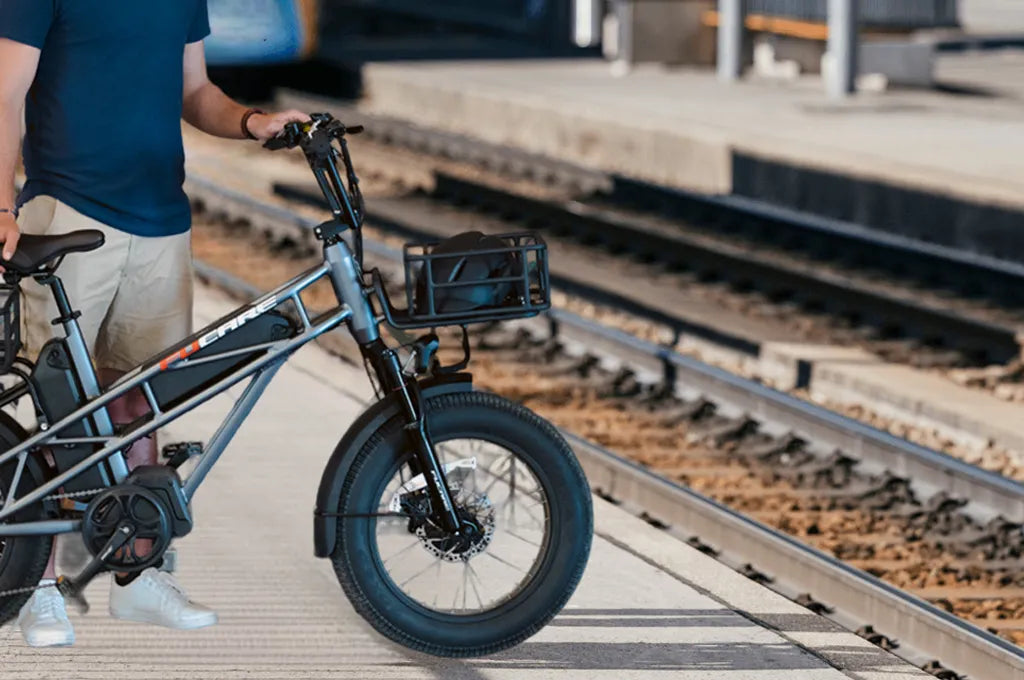
Can Electric Bikes Be Taken on Trains?
